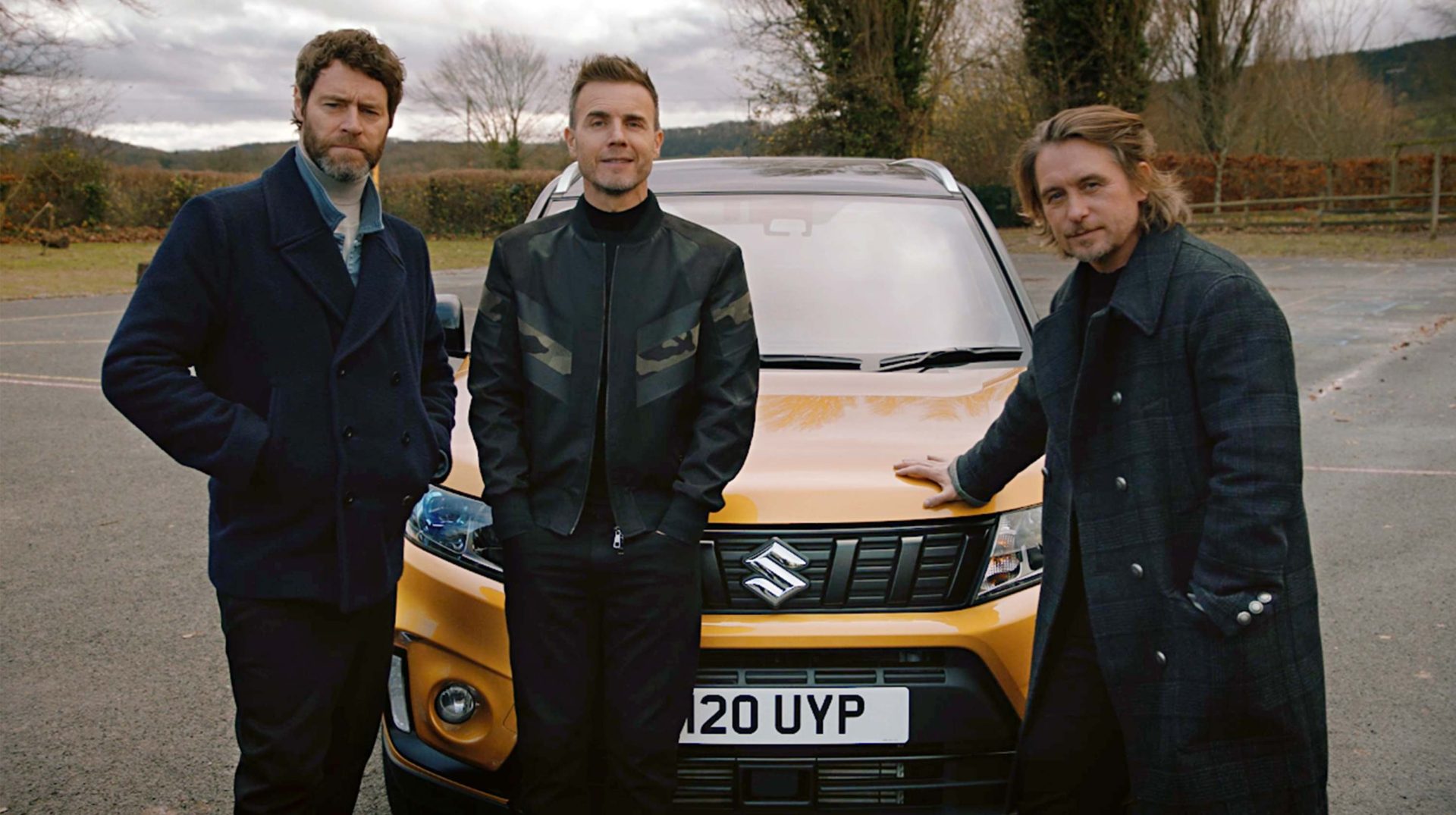
Suzuki have become synonymous with Saturday nights on ITV; famed for their family friendly antics, previously fronted by Ant & Dec. This long term strategy has just been taken to a new level with the introduction of Take That in 2019. The campaign sees the UK’s favourite boyband travel across the UK in a Suzuki Vitara SUV to surprise fans with a journey they will Never Forget – and enjoy an in-car karaoke session with their idols on the way.
Suzuki will shine even brighter on Saturday nights with the Take That ad spots placed in ITV’s very best entertainment programming, starting with The Voice. Content will be brought to life further with extensive paid social, consumer competitions, dealer activations and a few new surprises that are yet to come…
Take That content will be refreshed throughout the year, maintaining the sense of mischievous fun that has helped to cement Suzuki at the very heart of family entertainment.
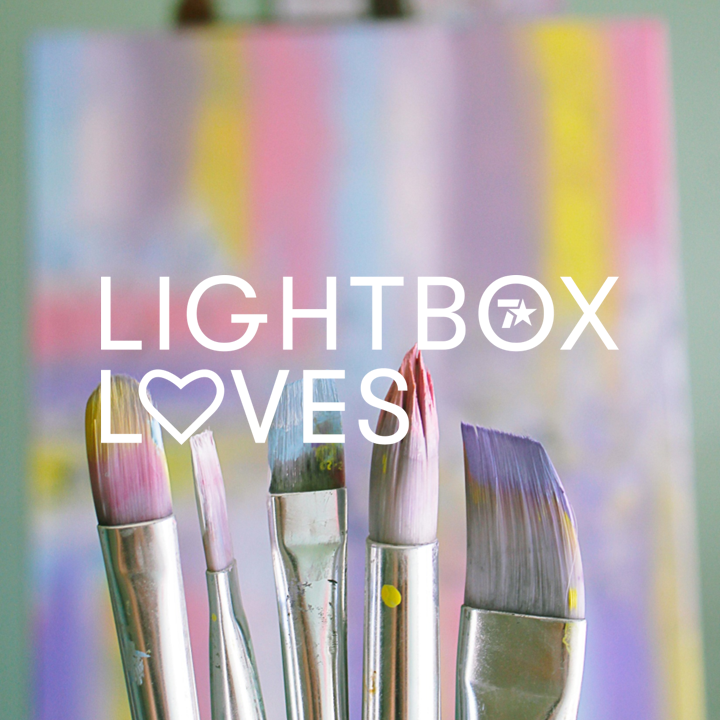
With award season around the corner, this is the time where we celebrate the outstanding creative work and performances from the past year. Whether it’s the Brit Awards, Oscars or Grammys, artists from all performing fields are filled with a sense of anxiousness, as they await to hear if their work has been acknowledged by their peers, the public and experts, with a prestigious milestone nomination.
However, in light of Denise Fergus’ recent outburst of disgust towards the Oscar nominated short film ‘Detainment’, which depicts the story of her son’s murder. The question is. When does creative expression cross the line?
We’ve seen it time and time again in ad-land, ranging from Pepsi’s Kendall Jenner fiasco to Nivea’s “White Is Purity” campaign in the Middle East. Of course, it is unfair to compare a creative recreation of a factual and traumatic event, to insensitive ad campaigns from brands trying to boost sales and awareness. Nevertheless, Mrs Fergus has claimed that the film’s maker Vincent Lambe is doing just that, benefitting instead his own brand.
Creative expression has started to push the boundaries, partly due to viral social trends. This was seen most recently with the ‘Birdbox challenge’ which stemmed from a series of memes based on the popular Netflix movie. As a precaution, Netflix had to take to their social platforms to warn the public not to get carried away with the challenge in an attempt to prevent any serious injuries.
This is clear evidence that brands need to be aware that their impact stretches past just what they offer but can also have an influence on culture. Not all is doom and gloom, however, as Apple found out with their AirPods. Another example of how viral social trends can influence culture; what started off as thousands of tweets mocking AirPod owners, quickly shifted towards the earphones being seen as a must-have status symbol.
With that said, we should never suppress creativity, but at the same time must be mindful that our creations can have a greater impact than perhaps we first expected.
Source:
https://www.bbc.co.uk/news/entertainment-arts-46964691
https://www.bbc.co.uk/news/business-39511906

The country has been asking the same question since 2016. From the binary remain / leave, to the equally binary yes / no vote last week, we’ve been stuck on a Brexit loop. Original solutions are found in curious questioning, so as the 29th of March approaches, we should hope that government has some curious, new questions on this tired, old topic.
It’s well documented that curiosity fuels creativity. Artists and scientists alike credit it with inspiring breakthrough ideas. According to the genius of Albert Einstein “the important thing is to not stop questioning. Curiosity has its own reason for existing”.
It is, therefore, sad to see a 35% drop in UK adults who self-identify as “curious” over the past 12 months ₁. As the nation cuts ties with EU, it appears we are becoming more insular as individuals too. But as with any trend, some brands want to challenge this drift. These brands are instead provoking curiosity in the present.
In December, Google’s Curiosity Rooms set a new benchmark for branded events. The festival of ideas inspired Londoners through a host of talks and workshops from thought leaders in fields as diverse as design, feminism and comedy.
No stranger to stimulating OOH executions, the Economist also provoked thought last week. Their “never stop questioning” installation at Victoria Station printed out questions on a series of topics and debates covered by the title to encourage commuters to continue questioning.
Netflix even encouraged curiosity in a space normally reserved for passivity. The latest Black Mirror episode, “Bandersnatch”, allowed viewers to pick their own version of events at critical moments. It also scratched the curious “what if?” itch, with many viewers retracing their decisions to follow parallel universe plotlines.
Fortunately, we don’t live in a Charlie Brooker series… but this does mean that we won’t get an opportunity to retrace Brexit negotiations. But, let’s hope that the country’s curiosity hasn’t been killed yet.
Source: YouGov

With the recent rise of travel influencers and the #travelblogger hashtag, it appears that social media is not only inspiring us but also informing users about their travel destination of choice.
The youth of today, in fact, seem to be ditching the traditional club 18-30 holidays in favour of more ‘Instagrammable’ locations. Forget going down the strip in Magaluf, it’s all about getting the perfect selfie at Coachella.
A recent survey of British holidaymakers found that ‘Instagram-ability’ is the number one priority for millennials when booking a holiday. Over 60% 18-24 year old’s are ditching the Sambuca shots for a shot on the ‘gram, and 78% of those aged 25 to 34 are seeking to spur social media envy with their posts.
But they’re not just #travelbrags – Instagram is genuinely changing the way in which we search for destinations and book holidays.
In a report by WeSwap, 37% of millennials have had their holiday destination influenced by social media and 34% have actually booked a holiday because of content seen on social media.
This comes with the decline of traditional youth holidays. Earlier this month, Thomas Cook announced that it is retiring its infamous Club 18–30. The final Club 18-30 package holiday departed from Manchester on 27th October, landing in Magaluf in Mallorca.
In addition to this, EasyJet is also now launching an Instagram booking service called ‘Look&Book’. This tool closes the gap between simply ‘liking’ a photo and actually transporting the user to the destination, allowing potential holidaymakers to book instantly from an Instagram picture. Users can take a screengrab of a beach, town or location and simply upload this to the app – where the image recognition technology will allow users to seamlessly plan their holiday.
This highlights that we are now seeking inspiration from non-traditional sources, driving the Instagram travel trend.
According to Forbes, this shouldn’t come as much of a surprise, after all, the millennial generation is known for trusting peers more so than brands or celebrity endorsements.
Travel marketing isn’t only about promoting practical aspects of a destination – hotel price comparisons or ease of airport transfer – but about inspiring would-be travellers with visual content.
The world is full of incredible places with billions of incredible photo opportunities. Marketers should be tapping into these opportunities, posting content at “dreaming” moments to inspire consumers through to booking and beyond.
And with half of UK web users suggesting they have made a purchase through social media, a similar approach could easily be taken across other categories; from furniture to meal prep, anything ‘Instagrammable’ goes.

After last year’s focus on GDPR, there’s a new four letter term for 2019 – HFSS.
HFSS refers to food and drink products high in fat, salt or sugar (HFSS), and rules concerning the advertising of such products first came into effect in 2017.
The restriction effectively meant that any advertising featuring a food or drink item deemed unhealthy could not be found to appeal to those under the age of 16.
The Mayor of London then made it his personal mission to extend the ban, announcing the decision following a public consultation in November 2018.
As a result, any food or drink considered “less healthy” according to the Food Standards Agency’s nutrient profiling will be banned from the entire Transport for London (TfL) network – regardless of whether it’s seen to be appealing to children – from 25th February. The ban will apply across all TfL inventory, including sites on the Underground, Overground, on buses and bus shelters.
It is predicted that £13m of TfL’s revenue currently comes from advertising that would be deemed unacceptable after 25th February.
While TfL will attempt to make up the deficit by encouraging brands to promote healthier products – having already released guidelines referred to as its “Healthier Eating Policy” – there is also the chance that the biggest spenders will shift their budgets elsewhere.
Channel 4, for example, has expressed concern that a similar ban on TV would see budgets moved into YouTube and Facebook.
The “junk food ban” has come as part of the government’s crack down on the advertising of unhealthy products, after they announced ambitious plans to tackle childhood obesity.
The government has taken a clear stance on the issue, arguing that ads featuring HFSS products are “harmful” and that banning them will allow children to make “healthier choices”.
However this comes despite a lack of evidence, with Tim Rycroft, chief operating officer of the Food & Drink Federation, describing the move as “wrong-headed” and the AA releasing a 30-page report detailing the ad industry’s concerns and suggestions on how the issue can be more effectively overcome.
The AA report agrees that obesity – and childhood obesity in particular – is a serious problem in the UK, but argues that restrictions on advertising already in place haven’t seen any measurable results.
The report suggests that national public health interventions are far more likely to make a difference than a widespread ban on advertising, and also references the positive effect that brands can have.
Magic Breakfast’s healthy meals campaign, for example, has provided nutritious food to over 30,000 school children. More recently, ITV launched its “Veg Power” campaign, partnering with UK supermarkets with £2m worth of airtime and a “vegetable-only ad break” to be aired during The Voice.
Between the discussions on rules and regulations then, the HFSS ban has prompted a wider debate on the social responsibility of brands and of advertisers – and while the likes of Magic and ITV are leading examples, it’s not a straightforward issue. We only expect debate to intensify into 2019.
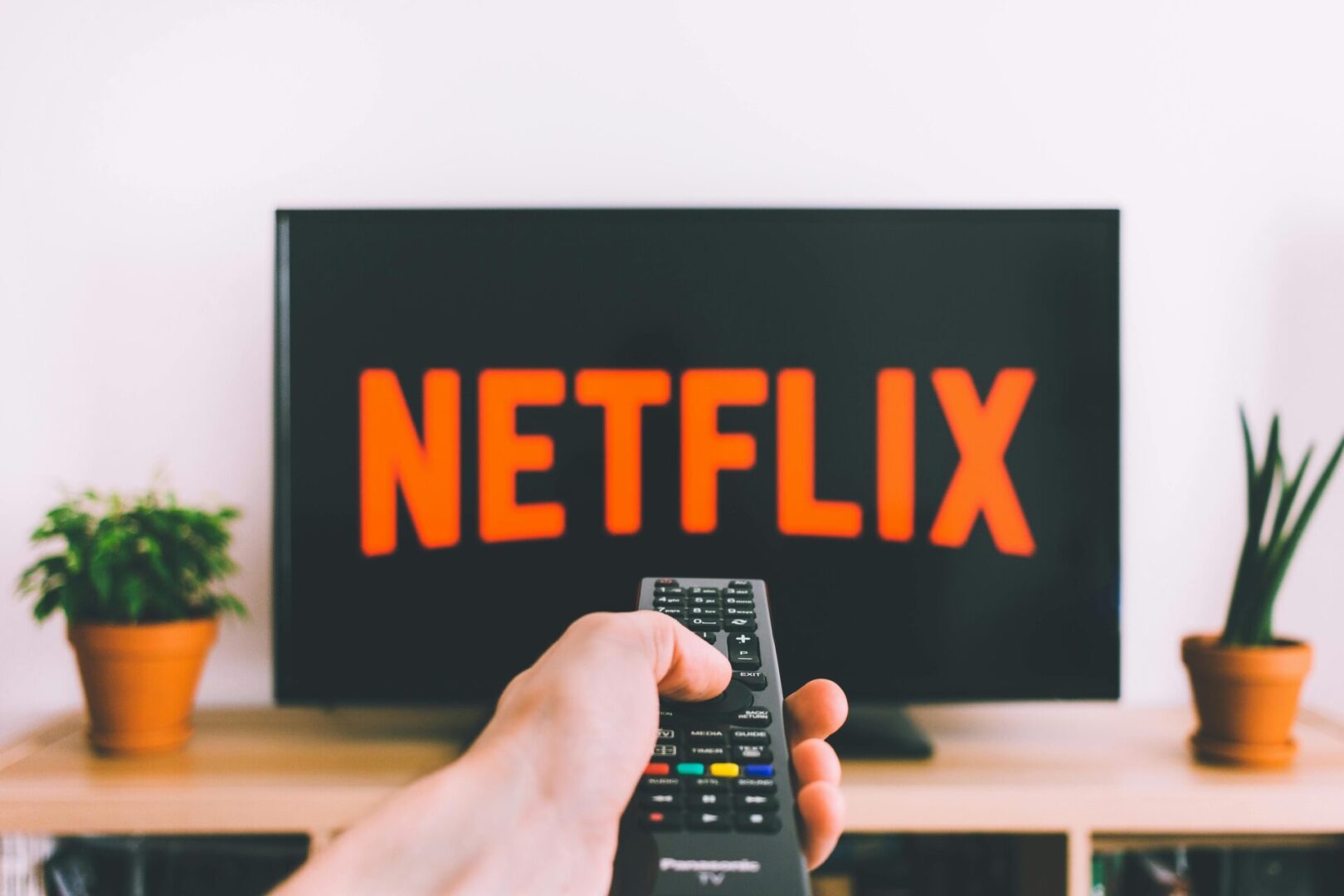
A BARB white paper released this month found that 11.6m homes in the UK have at least one of Netflix, Amazon Prime Video or NOW TV – a relatively significant 22% increase year-on-year. With 16-34 Adults impacts down 15% YoY on linear television during this period, it seems younger audiences are binging on box sets.
Recent figures revealed that Netflix in particular gained 8.8m new subscribers globally in Q4 of 2018. Meanwhile the number of UK homes with two or more subscription video on-demand (SVOD) services has risen by 40% from 2.8m to just under 4m in the past year (BARB).
This has been aided by the fact that from November 2018, Netflix was made available to Sky Q customers through their box, which leads us to believe we may see a bump in the amount of unidentified viewing in Sky homes once the latest data is released.
This act of allegiance between Sky and Netflix proves that the broadcaster has acknowledged the need to accommodate rather than fight the subscription giant – as evidenced by the huge increase in co-production deals in recent years.
We know that those aged 16-24 are 51% more likely than the UK average to have access to a subscription VOD service however among all adults, broadcast television still provides the highest consumption of UK media. The platform sees an average consumption of 3.5 hours per day compared to just 0.5 hours per day on SVOD services (IPA Touchpoints 2018).
For big one-off marquee event television moments coming this year – the likes of the Rugby and Cricket World Cups, the final series of Game of Thrones and the return of Ant on Britain’s Got Talent – linear television will retain its share of viewers.
However with the popularity of recent content such as Bird Box, the interactive Black Mirror: Bandersnatch movie and the Fyre documentary following the failed music festival, Netflix is leading the way for entertaining content and in generating buzz around new releases. Bird Box in particular was turned into an almost ubiquitous meme, and was reportedly watched by 80m households in its first four weeks of release (BBC News).
It’s the light television viewers and the younger audiences whose eyes are on accessible box sets, and Netflix is setting the agenda for big budget, high-quality entertainment. Broadcasters will need to continue investing heavily in content to compete.
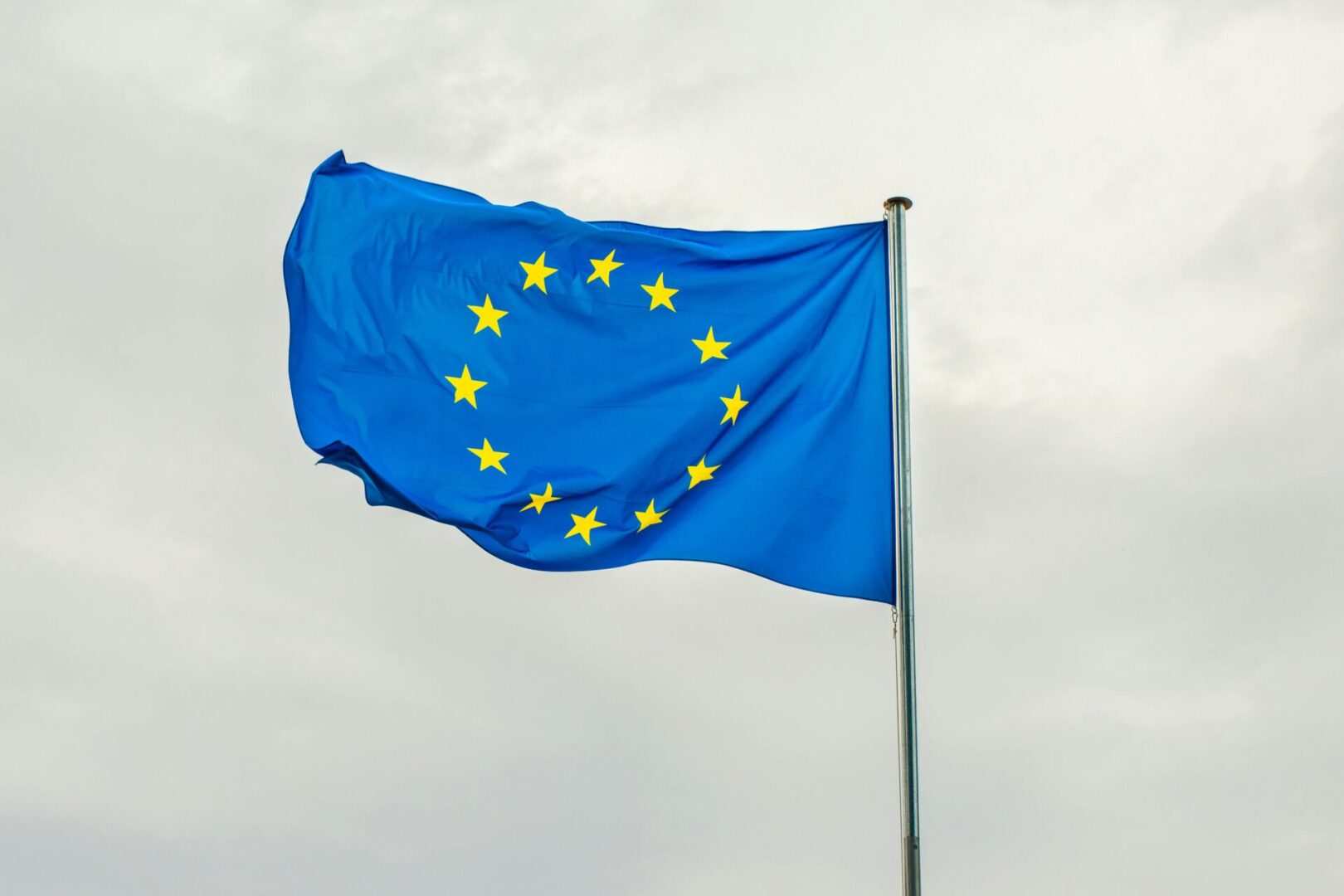
“VUCA” won’t mean anything to a lot of Brits, but in recent times has become a term that most accurately describes the world in which we live.
VUCA is an acronym first used by the U.S. Army War College to describe the more Volatile, Uncertain, Complex and Ambiguous multilateral world that resulted from the end of the Cold War.
It gained currency during the Iraqi insurgency – and is now a fitting assessment of the situation facing the UK, as uncertainty around Brexit makes it difficult for marketers to plan for their future.
According to an Enders Analysis report published this month, a ‘no deal’ Brexit could trigger the UK’s first advertising recession in a decade. At the same time, the latest IPA Bellwether report for Q4 2018 saw six years of continuous marketing budget growth end, as some advertisers adopted a ‘wait and see’ approach.
But in the face of a softening market, it’s important for marketers not to lose their nerve, and instead be careful to weigh the short-term benefits of cheaper ad space against the longer-term challenges.
Recessionary studies going back as far as the 1920s consistently show that brands which maintain, rather than cut budgets, enjoy increased saliency that builds out market share over the long term. That’s because it takes a long time to recover sales levels after a break in communications, and the effects on profitability in the mid-term are potentially more serious than those on cash-flow in the short term.
In such uncertain times, then, brands would do well to monitor the situation closely and take a dynamic approach to decision-making as it becomes clearer how the market – and audiences – are reacting.
There are a number of ways we expect the fall-out from Brexit to affect consumer behaviour in particular:
Consumer Confidence
Post-Brexit we can expect some discretionary consumer spending to drop, at least in the short-term, as people wait to see just how much they are affected personally before jumping into any large purchases.
Breaking the News
When it comes to media consumption, there is potentially more positive news to come. In 2016, newspapers enjoyed a sales bump as people sought to better understand the implications of the referendum result as it unfolded. We expect Brexit to drive a similar increase this year as Brits look to be better informed of breaking news stories.
Money Saving Media
TV viewing figures saw a boost during the 2008/09 recession, with people choosing to save money by entertaining themselves at home. With audiences at least maintained in what could be a deflationary market, this means brands can expect more bang for their buck.
Escapist Entertainment
In uncertain times, people tend to seek out familiar voices and content that offers a sense of escapism – so trusted advertisers that offer reliable information or unforgettable entertainment should do well as we head into another unpredictable year.

Gillette has been the topic of most marketing debates this month with their latest ad ‘We Believe’ – a modern take on their historic tagline ‘The best a man can get’. A one-minute film released on YouTube tackles the topic of masculinity head-on, calling for everyone to make a change for ‘the men of tomorrow’.
The video has so far generated over 25 million views and has received an incredible amount of PR. But with a huge 63% of engagements on YouTube being negative, it’s not all good news; the ad has proved to be inspirational and emotionally stirring for some, but patronising and derogatory for others.
It’s easy to see how they got there, both in trying to capitalise on the buzz of current conversation and steer their brand into fifth gear towards the Gen Z-ers they need to attract, and the Millennial audience they need to re-engage with and grow.
Meanwhile their share of the razor market has fallen in recent years as innovative competitors such as Dollar Shave Club attract these younger audiences.
Gillette will have identified the power of brand purpose with these audiences in particular to drive business results, and gain back share in the market.
73% of millennials are willing to spend (Nielsen) more on a product which comes from a brand which prioritises making a positive impact on the world. Gen Z go a step further; 76% of them claim to have purchased a brand or product purely because they supported issues they cared about.
It doesn’t take a revered marketing professional to see that successful cause-driven marketing drives results and invigorates brands from within. Last year’s Cannes Lions nominations saw 15 of the 25 Grand Prix winning campaigns linked directly to a cause, for example.
The next logical step for Gillette was to drive long-term connections with their audiences by taking a stance on the biggest issues facing these generations – and clearly identified toxic masculinity as their target.
Unfortunately for them, Lynx has already made moves into this space. Having previously used an archaic strapline which didn’t feel current or relevant, their award-winning Men In Progress campaign took talent their audience love and created authentic content around masculinity and mental health.
The difference between the Lynx campaign and the backlash we’ve seen against Gillette is that the narrative of the former started from a positive place, and offered a new take on what it is to be a man today in a genuine and heartwarming way which addresses the issue of maintaining masculine norms.
Comparatively, Gillette’s ad points out the issue in light of #MeToo, and whilst celebrating those men who are leading the way, there is potentially an accusatory tone and a call to arms for men to do better. It’s certainly a brave approach, but has also been labelled provocative.
Brands are often celebrated and increasingly expected to have a point of view and take action on the issues which we face as a society. But taking a stand will, by its very nature, attract some criticism.
Only when the brand purpose is clear and the campaign platform derived from real, meaningful customer insight will a campaign like this see success – otherwise it’s just another brand getting involved in a debate in which it has no authentic voice.
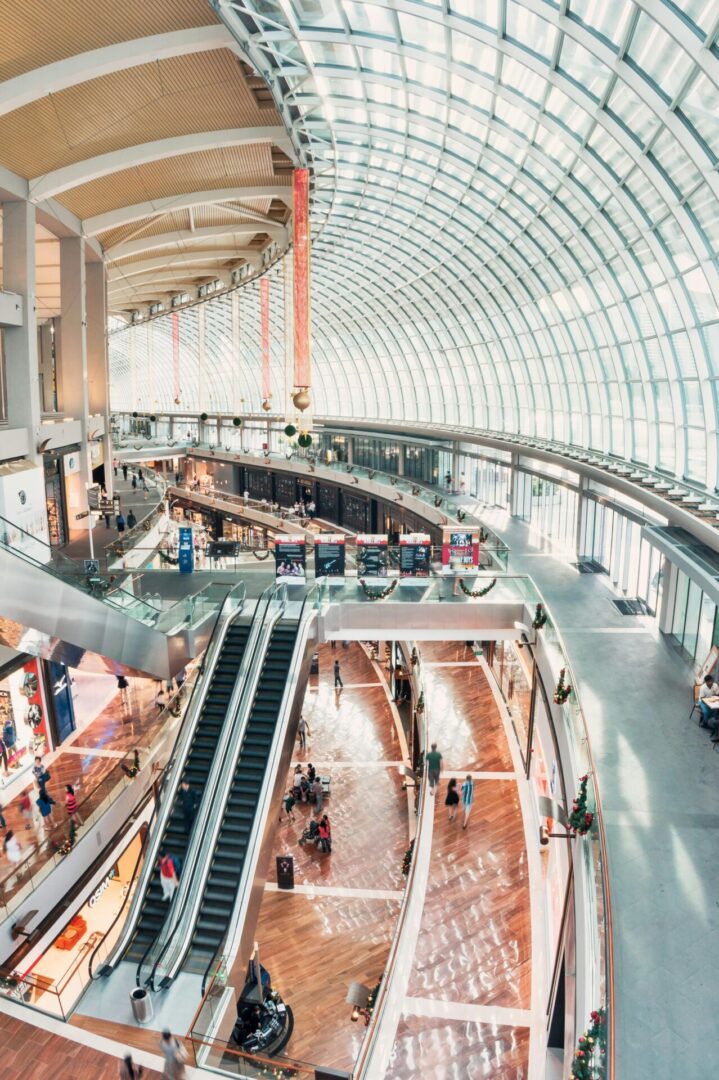
The retail industry – and the high street in particular – suffered an unprecedented dip in performance during 2018. Previously beloved brands experienced a number of uncomfortable trading periods, and by the close of the year were pinning all their hopes on Christmas.
For the first time we saw the knock-on effects of panic discounting in the run-up to Christmas. Even online behemoth ASOS issued a pre-Christmas profit warning, which came as a surprise to many after years of apparent success.
There are a number of reasons why well-known retail brands are faltering. Long-standing high street names in particular have become encumbered by trading conditions, manufacturing straightjackets and a determination to do business on their terms – rather than fit new patterns of customer behaviour.
For one, there is a poor sense of the optimum shopping experience, with some brands lacking retail vision – meaning infrastructure is seen as a liability rather than an opportunity.
Established brands are often tied into expensive long-term leases which are increasingly seen as a burden rather than a way to connect with customers in a new and meaningful way.
Customers are also beginning to understand that ‘fast’ isn’t the only game in town and expect either faster still, or something sensorial, inspiring or engaging.
Retail spaces can be revitalised however, if brands recognise the need to fulfil increasing expectations that shopping should be an experience unlike any other.
The likes of Burberry, L’Oreal and Jessops have been leading the way in making retail stores more of a destination – with high-tech installations, interactive theatre settings and seamless digital integration becoming the norm for their ‘destinations’.
Retailers like Glossier meanwhile have become adept at creating occasional physical stores, designed to be ‘Instagrammable’ and to create online buzz – allowing the brand to establish a strong and loyal following just four years after its US launch.
It used to be that the British High Street was a unique and special experience. Through careful strategy and committed action this can return once more – there is after all still a huge amount of value in physical experiences, even in an increasingly digital world.
Our full report on the Future of Retail is available upon request.



Recent Comments